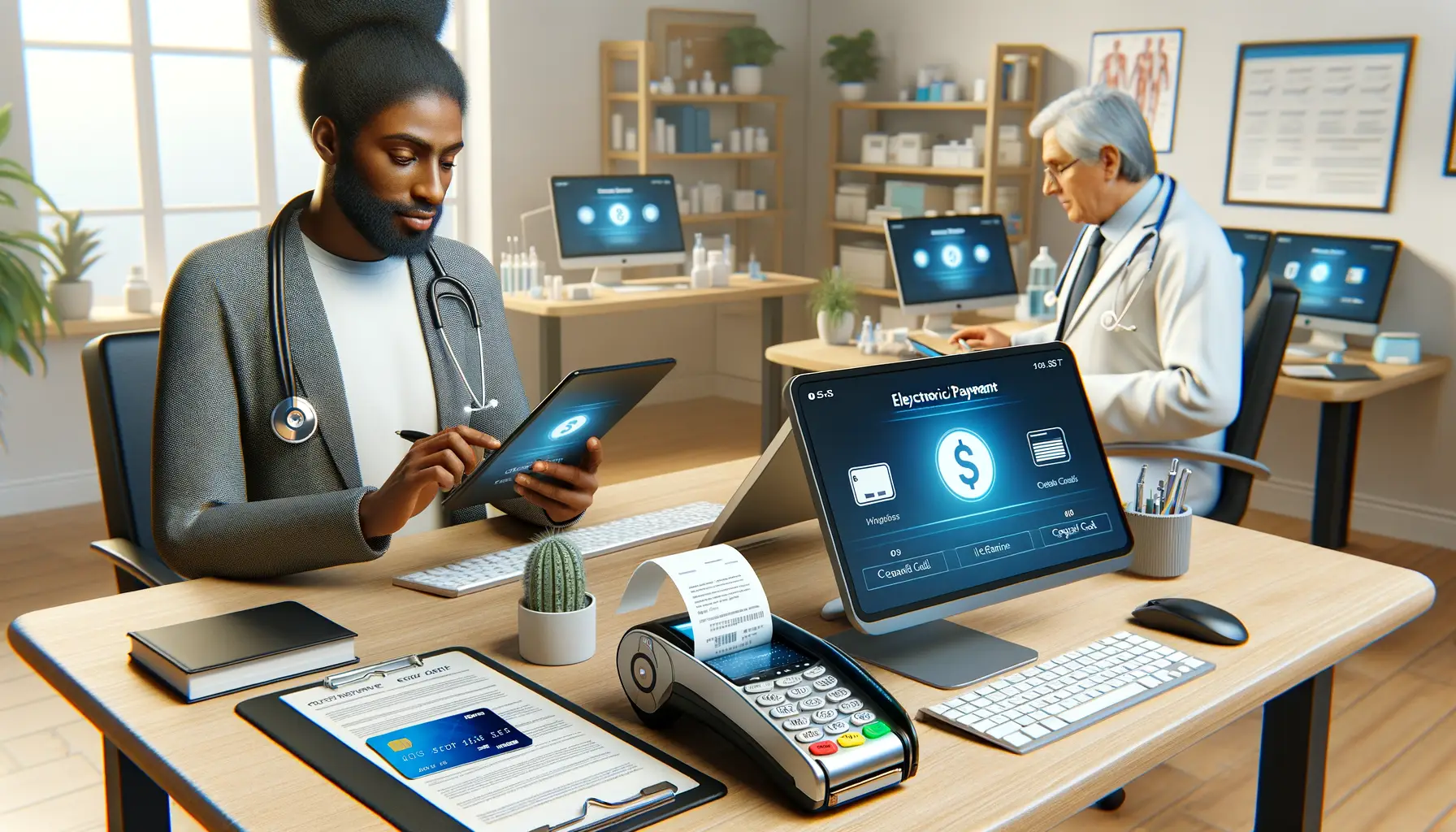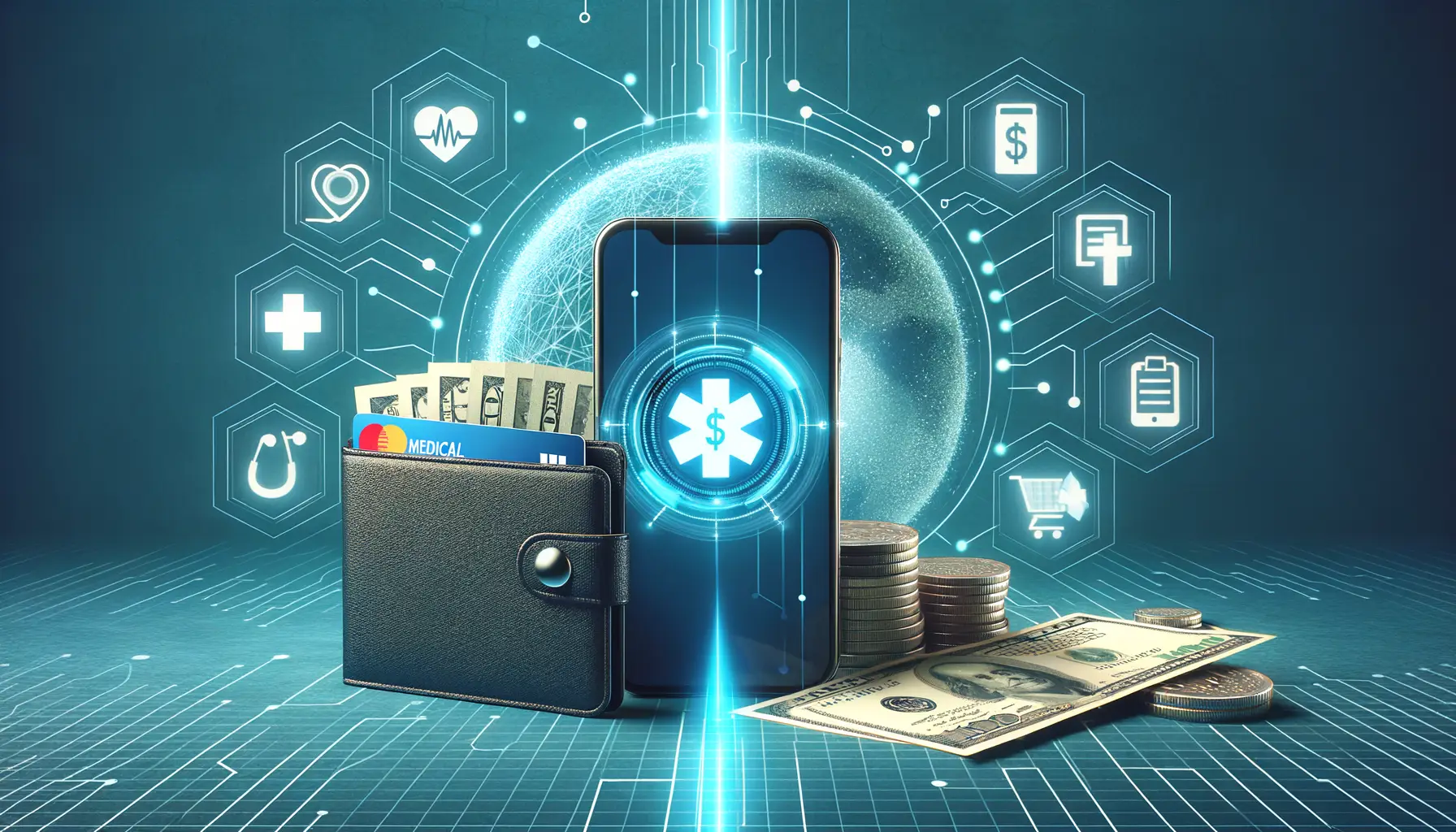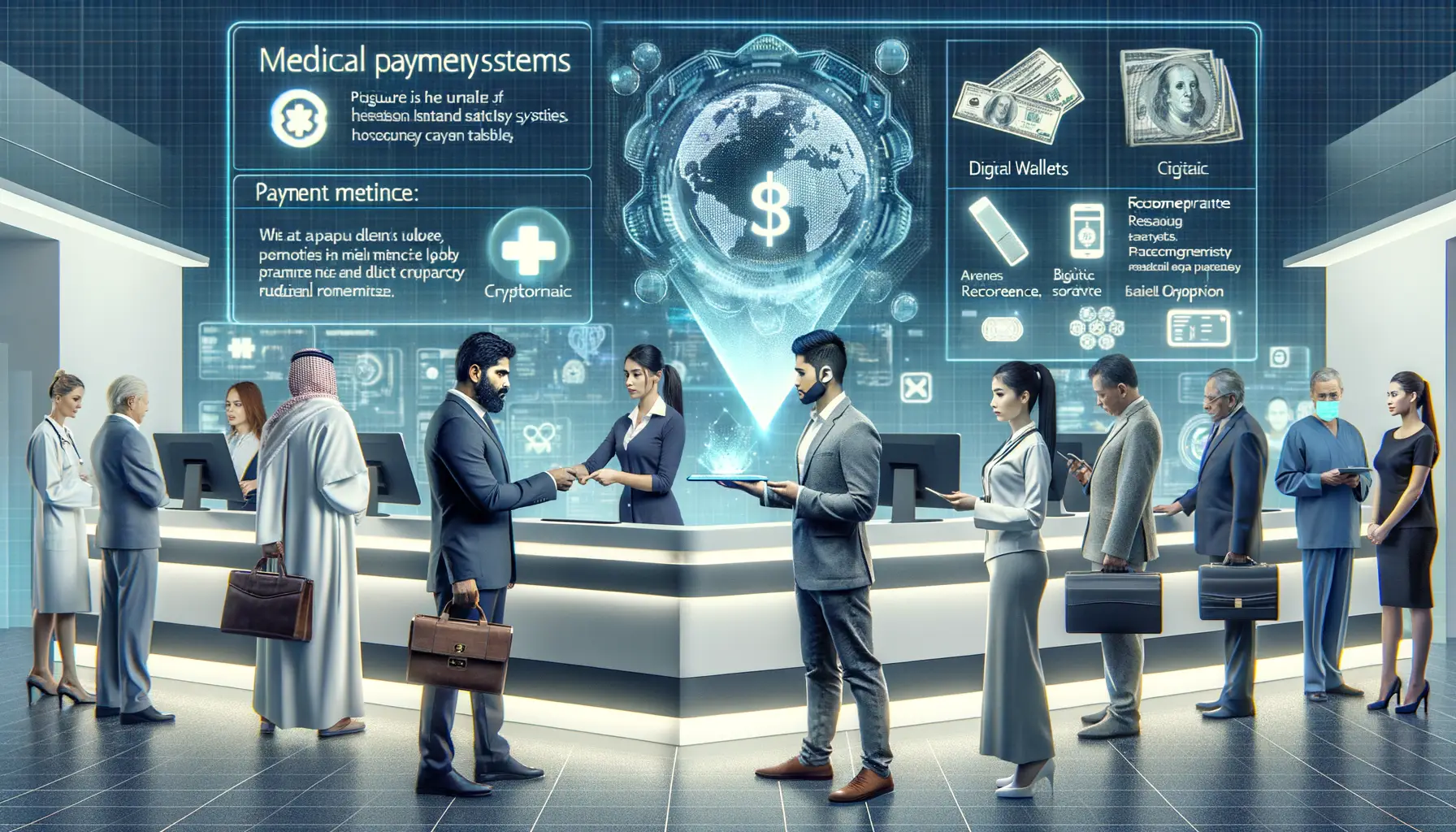Historical Perspective on Medical Payments
From Barter to Coins: The Origins of Paying for Healing
Picture this: centuries ago, a visit to the village healer might have cost you a bag of grain, a woolen shawl, or even a flock of chickens. Back then, payments weren’t about numbers—they were about survival. Medical care was deeply intertwined with community, trust, and trade.
The introduction of coins revolutionized this system. With metal currency in hand, people could compensate healers without offering up their life’s produce. It brought a sense of universality—gold didn’t spoil or require feeding! Still, even this raw, metallic simplicity didn’t come without quirks. How much was a broken bone worth? A cough cure? Negotiation often stayed at the core of transactions.
The Birth of Regulated Medical Fees
Fast-forward to the Middle Ages and beyond, and suddenly structure entered the scene. Guilds, hospitals, and universities began setting standardized fees for services. Systems became more organized, and the mysticism of barter was replaced by practicality.
This transition brings to life just how deeply medical payments have always reflected both society’s values and its resources.
The Transition from Cash to Insurance-Based Systems

When the Cash Took a Backseat in Medicine
Picture this: it’s the 1930s, and you walk into a doctor’s office clutching a fistful of cash or perhaps even offering up a chicken as payment. It’s simple, straightforward—and yet, unsustainable for many. Enter the concept of health insurance, a groundbreaking shift that didn’t just change how we paid but reshaped the very relationship with our healthcare providers.
Suddenly, instead of digging into your wallet every doctor’s visit, you had a safety net. Employers began offering health insurance plans to workers, giving families some peace of mind when medical costs loomed large. For the first time, healthcare wasn’t just a direct transaction; it became a shared responsibility between the patient, employers, and insurance companies.
Blue Cross and Blue Shield emerged as early trailblazers, offering hospital and physician coverage at a time when the world desperately needed it. This era wasn’t perfect—plenty of kinks had to be worked out—but it was a revelation for people no longer forced to choose between their savings and their health.
How Insurance Transformed the Patient Experience
With insurance in place, the structure of payments became more fluid. Here’s what changed:
- Predictable Costs: Monthly premiums replaced one-time hefty bills.
- Accessibility: More people could afford care, leading to healthier communities.
- Trust: Patients felt supported, knowing they wouldn’t face financial ruin over an illness.
This move was more than a financial adjustment—it was a cultural revolution. It sparked hope, reduced anxiety, and brought a sense of security during life’s most vulnerable moments. A true evolution in every sense of the word.
The Rise of Electronic Payment Methods in Healthcare

From Paper Trails to Digital Transactions: A Healthcare Revolution
Gone are the days when settling a medical bill felt like navigating an endless maze of paper forms, phone calls, and waiting room whispers about “processing times.” The rise of electronic payment methods has completely changed the game—streamlined, simplified, and surprisingly personal.
Think about this: just a decade ago, paying for a procedure meant juggling checks, cash, or clunky card terminals in sterile hospital offices. Today, with a quick tap on your phone or a secure online portal, your payment can be as seamless as ordering your favorite cup of coffee. No more fumbling for exact change or wondering if that invoice got lost in the mail.
What’s driving this transformation? Well, innovations in tech combined with our craving for convenience. Hospitals and clinics now integrate electronic systems that allow patients to:
- Set up automated payment plans, reducing financial stress.
- Pay bills online, at any hour—because health emergencies don’t respect business hours.
- Receive instant confirmations, giving a sense of control over what used to feel chaotic.
It’s not just about efficiency; it’s about reshaping the patient experience. With modern electronic systems, paying for healthcare feels less like a chore and more like clicking “place order” on your favorite shopping site.
Emergence of Digital Wallets and Their Impact on Medical Payments

How Digital Wallets Are Revolutionizing Healthcare Transactions
Picture this: You’ve just finished a routine doctor’s appointment. Instead of fumbling through a stack of cards or awkwardly counting out dollar bills, you simply tap your phone, and voilà – payment complete. That’s the magic of digital wallets like Apple Pay, Google Pay, and PayPal, and they’re reshaping how we pay for healthcare.
Gone are the days when medical payments felt like navigating a labyrinth. With digital wallets, patients can now experience streamlined, hassle-free transactions. But it’s not all about convenience – these tools pack some serious power under the hood. Consider the benefits:
- Instant transactions: No waiting days for payments to process; funds move in real-time.
- Enhanced security: Tokenization ensures your financial details are safeguarded against breaches.
- All-in-one functionality: Manage credit/debit cards, health savings accounts (HSAs), and even loyalty programs in one app.
Imagine paying for prescriptions with a fingerprint scan or funding a copay straight from your smartwatch. For tech-savvy millennials and Gen Z patients, this feels as natural as breathing. It’s healthcare, meeting the 21st century with flair.
The Ripple Effect on Providers and Patients
But it’s not just patients who are reaping the rewards. Providers, too, are stepping into an era of ease. By integrating digital payment options, clinics see faster payment cycles and fewer billing headaches. This means more time focusing on patient care and less time chasing down overdue invoices.
Even more exciting? Digital wallets open the door to personalized payment plans. Think flexible options that cater to individual financial situations – perfect for high-cost treatments previously out of reach for many. The result? A healthier relationship between patients and their wallets, one tap at a time.
Future Trends in Medical Payment Systems

The Dawn of AI and Blockchain in Healthcare Payments
Picture this: You’ve just left a doctor’s office, feeling relieved but dreading the long billing process. Now imagine a future where payments are as seamless as sending a text message. This is the trajectory we’re headed toward, thanks to AI-driven billing systems and blockchain technology.
AI won’t just help with quick billing—it’ll predict costs before you even step into the clinic. Imagine receiving an alert saying, “Your procedure will cost $200, discounted to $160 if paid via a digital wallet.” No confusing codes, no surprise charges. On the other hand, blockchain—the ultimate trust-builder—will offer bulletproof security for payment data. Every payment record? Transparent and immutable, yet private. The phrase “lost my receipt” will cease to exist!
- Smart contracts ensuring automatic claim approvals.
- Faster cross-border payments for global telemedicine visits.
- Zero error rates in processing due to AI oversight.
Healthcare Meets Wearable Payment Tech
Ever thought your smartwatch could directly pay for your medication? Devices like fitness trackers are evolving, and soon they could integrate with health savings accounts (HSAs). Imagine tapping your wrist at the pharmacy and walking out with your prescription meds—no wallet required.
But it gets better. These wearables might analyze health metrics and suggest budgeting plans based on your medical needs. Feeling unwell after a morning run? Your device may recommend visiting a nearby clinic and enable instant payment while booking your appointment.
The days of disjointed, manual systems are numbered. The future of medical payments? It’s fast, intuitive, and practically within arm’s reach—literally.
